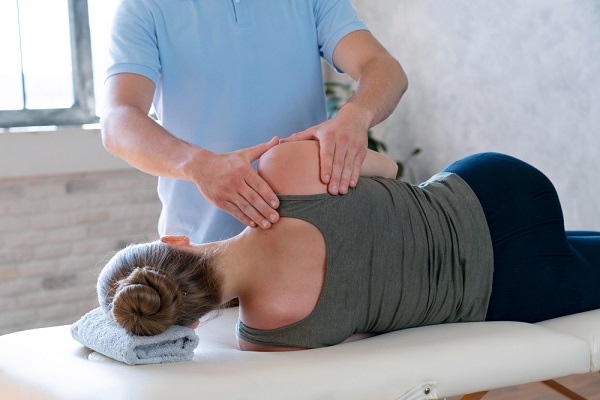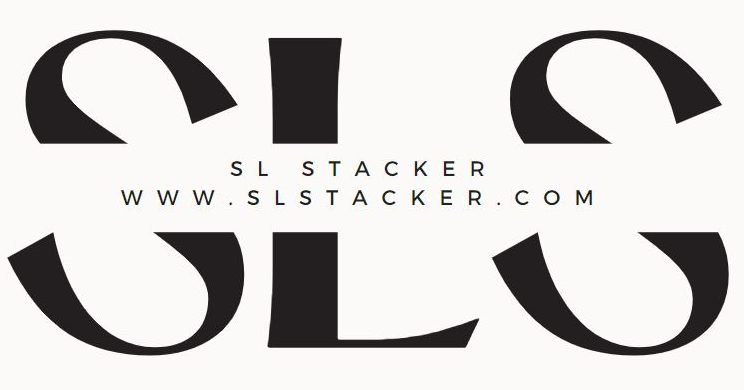
Pain deep in your muscles makes life difficult. It prevents people from being able to move freely, to work, or to spend time with their loved ones. Physio is a treatment that aims to address these pain and relieve patients.
Exercises, hands-on care, and tools address the problem and provide relief. This is how physiotherapy services in Brampton help to liberate you from excruciating muscle pain.
What Is Deep Muscle Pain?
Deep muscle pain occurs when muscles become tight, injured, or overworked. It can result from sitting too long, picking up heavy things, or even following surgery. It’s heavy and does not go away on its own. But on its own, it can cause stiffness or difficulty moving. And this is when physiotherapy identifies and specifically treats the cause.
How Physiotherapy Works
Physiotherapy begins with the step of getting a checkup. A therapist observes how you move and the site of the pain.
They create a schedule just for you. This program may involve stretches, exercises, or hands-on techniques to work out overly tight muscles.
The aim is to alleviate pain and make your body stronger. For many, this sort of care comes in the form of physiotherapy with specialists who know how to assist.
Exercises to Relieve Pain
Another way physical therapy can help is through exercise. These aren’t random — they hit the sore points. For example, if deep inside your back hurts, the therapist might demonstrate gentle stretches that help relieve the muscles.
With their help, these movements take away pain and prevent it from returning. There’s a direct relationship between how physiotherapy improves mobility here; as pain recedes, you can move more freely.
Hands-On Techniques
Therapists will also use hands over muscles. They squeeze and press the taut points to release knots and boost blood circulation. This is nice and allows the muscles to recover quicker. It’s a crucial component of liberating people from deep suffering.
Even better results are achieved by some clinics, such as those providing physiotherapy services, by combining this with other physical health treatment methods.
Shockwave Therapy for Pain
And sometimes, they need a little extra help. One modality physiological therapists use is shockwave therapy for pain. It sends sound waves into the muscle to stimulate and help alleviate soreness.
This is effective for pain that “stubbornly won’t go” away. It is helpful for people with old injuries or deep tension. It’s not scary; it’s just a device gently tapping the skin while addressing the underlying issue.
Post-Surgical Physiotherapy
Deep muscle pain may persist after surgery. Muscles can also feel stiff because the body needs time to recover, and scars or swelling make muscles stiff. This is where post-surgical physiotherapy comes into play.
Therapists lead you through safe movements, rebuilding strength and preventing pain from becoming ingrained. They know how to navigate sore spots, so you heal without additional harm. That is a significant reason individuals go to physiotherapy following tasks.
Why Mobility Matters
Pain not only hurts, but it also restricts living. The way physiotherapy improves mobility is straightforward: when muscles relax and heal, you can walk, lift, or sit without cringing. But this freedom transforms everything. You can chase around children, haul groceries, or return to work. Physio is not only healing the pain but also returning your day.
Final words
Physiotherapy is not magic–it helps to create a long-term outcome. It prevents that deep muscle pain by teaching you how to move well and holding you firm. Tools like shockwave therapy for pain or post-surgical physiotherapy speed things up, but the real victory is in the habits you are taught. Many physiotherapy clinics in Brampton cater to this, enabling individuals to live pain-free long-term.
Such deep muscle pain doesn’t have to be permanent. With physiotherapy, you have a straightforward way out. It works, whether through exercises, hands-on care, or special tools. It releases you from pain; it brings you back into movement — it’s that simple.



